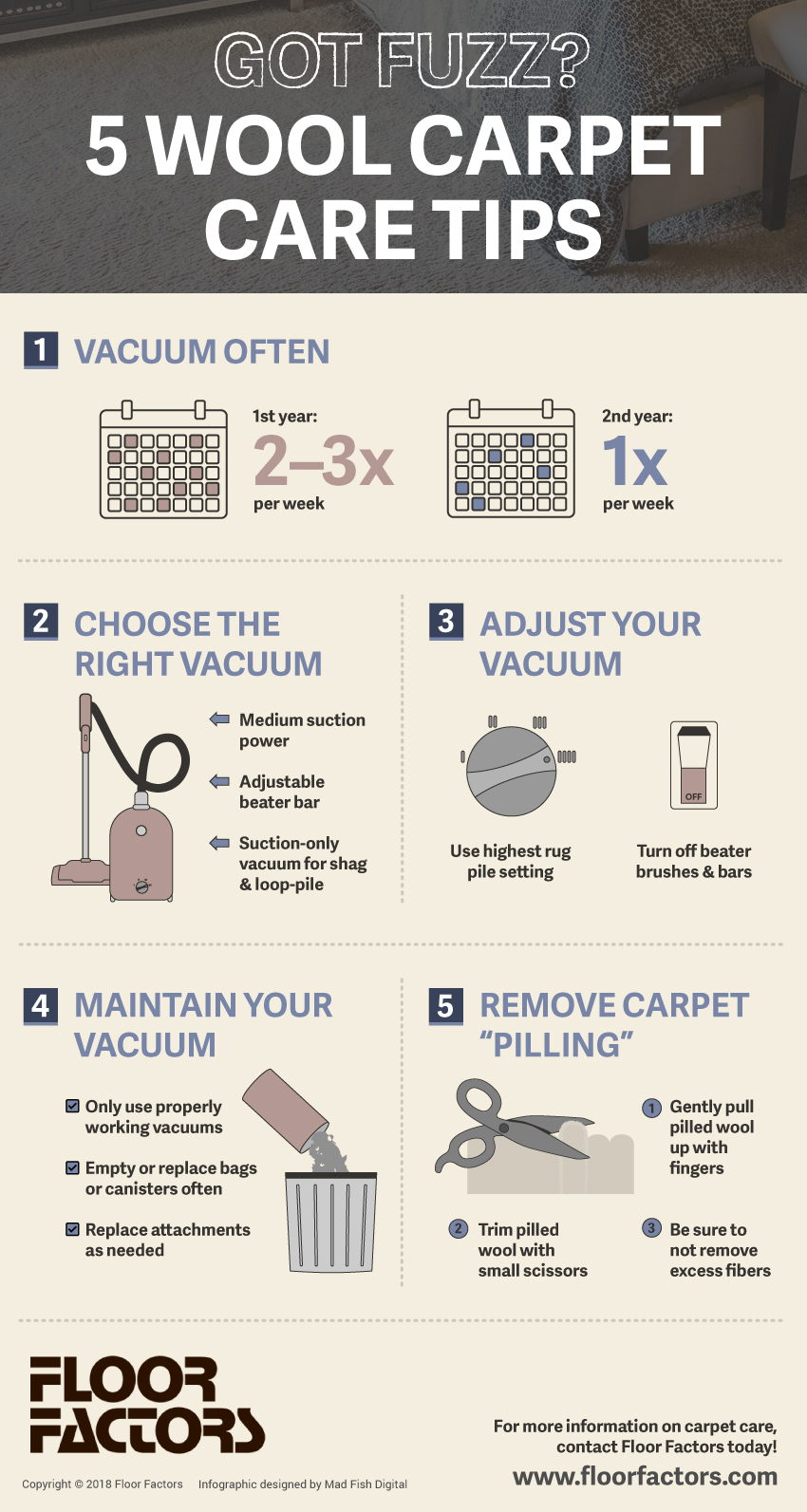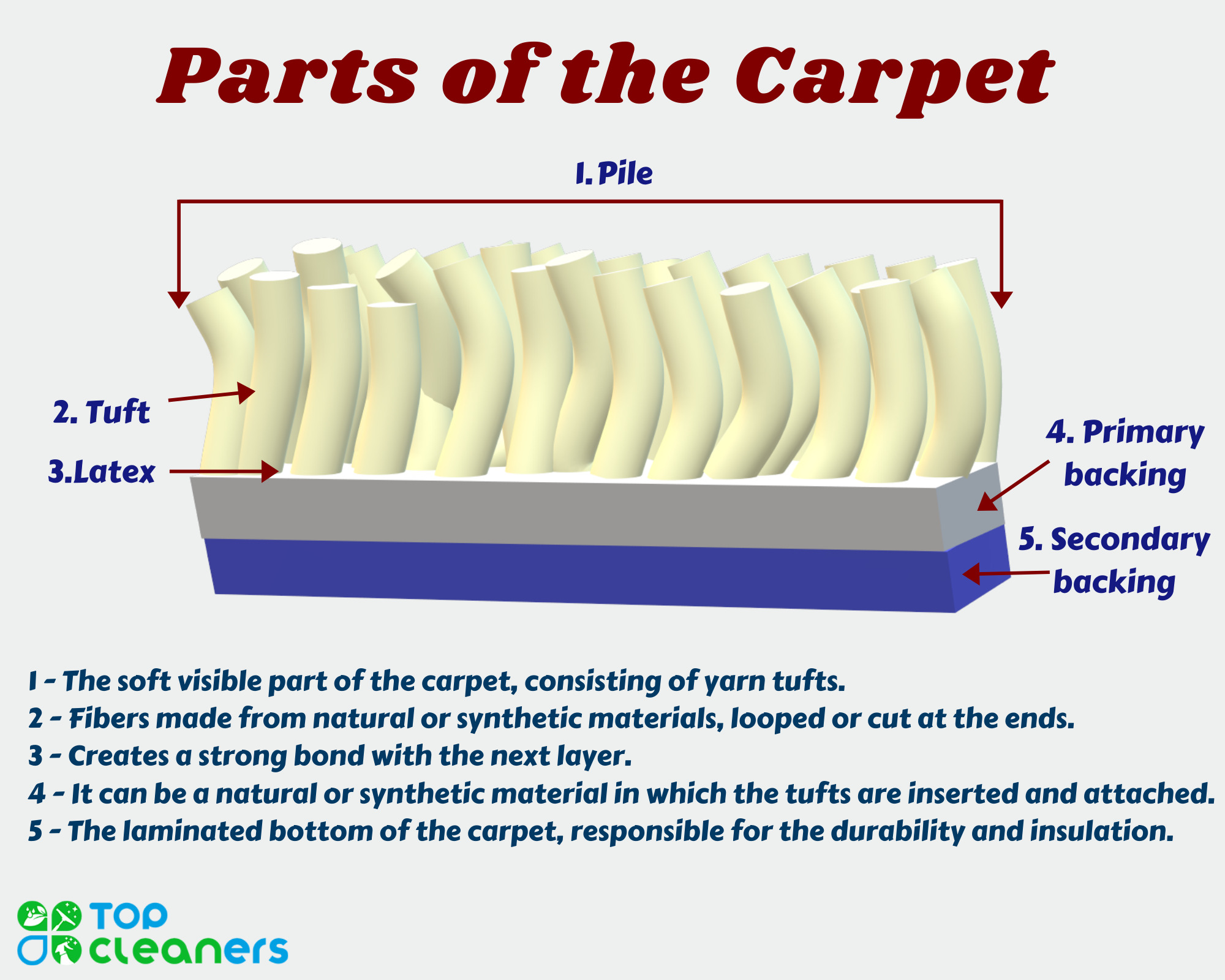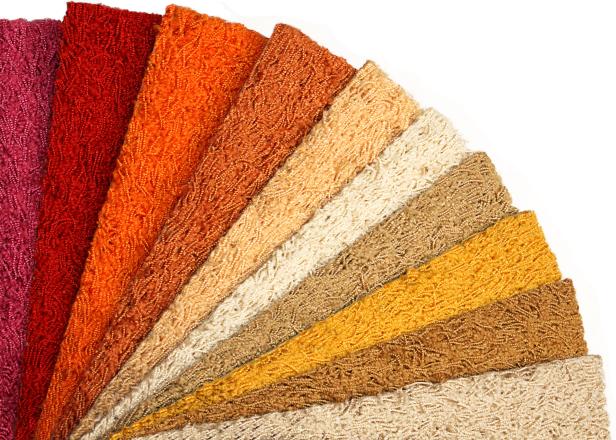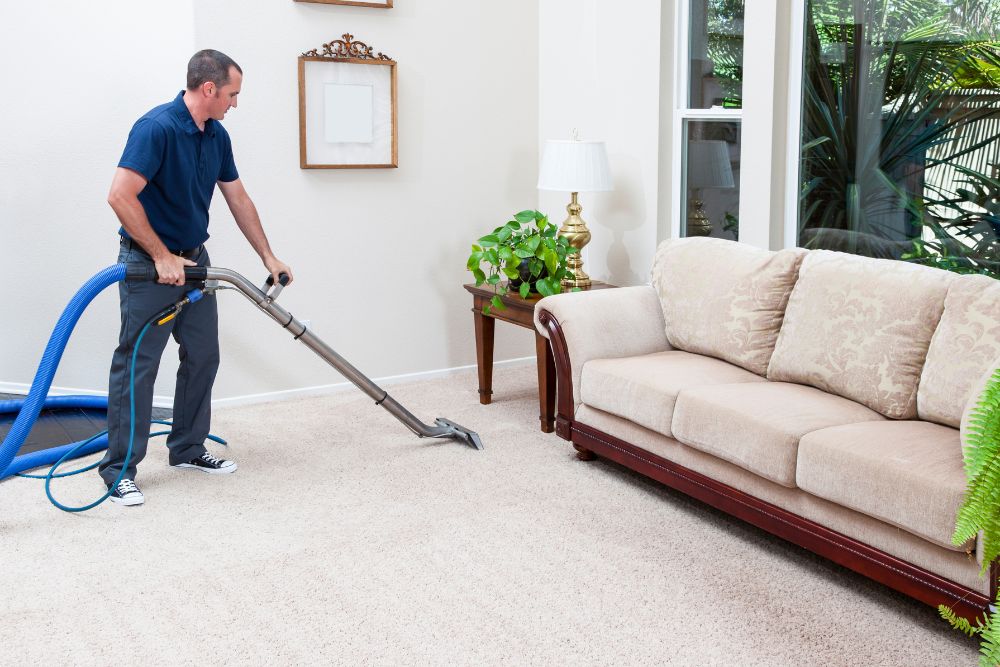
Are you tired of struggling with the upkeep of your carpets? Look no further! “Types of Carpets: A Guide to Cleaning and Maintenance” is here to provide you with all the information you need. Whether you have plush carpets, Berber carpets, or any other type of carpet, this comprehensive guide will walk you through the cleaning and maintenance steps specific to each type. Say goodbye to stubborn stains and dirt buildup, and say hello to spotless, fresh-smelling carpets that will enhance the beauty of your home. Make sure to visit Veterans Carpet Cleaners for all your carpet cleaning needs. Don’t let the hassle of carpet maintenance bring you down – let this guide be your go-to resource!
Types of Carpets
Carpets are a popular choice for flooring due to their warmth, comfort, and ability to enhance the aesthetic appeal of any space. With a wide variety of carpet types available in the market, it can be overwhelming to choose the right one for your needs. In this comprehensive guide, we will delve into the different types of carpets and provide valuable insights into their characteristics, cleaning, and maintenance tips, as well as how to remove common stains.
This image is property of www.floorfactors.com.
Nylon Carpets
Nylon carpets are renowned for their durability, making them a popular choice for high-traffic areas such as living rooms and hallways. They are resistant to wear and tear, making them ideal for households with children and pets. Additionally, nylon carpets are available in a wide range of colors, patterns, and styles, offering versatility in design options.
Characteristics of Nylon Carpets
One of the key characteristics of nylon carpets is their exceptional resilience. They have the ability to withstand heavy foot traffic without showing signs of wear. Nylon carpets are also known for their superior stain resistance, thanks to their strong fibers and the availability of stain-resistant treatments. Additionally, nylon carpets have excellent colorfastness, ensuring that they retain their vibrant colors even after prolonged exposure to sunlight.
Cleaning and Maintenance Tips for Nylon Carpets
To keep your nylon carpet in pristine condition, regular vacuuming is essential. This helps to remove loose dirt, dust, and other debris that can accumulate in the carpet fibers. In case of spills, it is important to blot the area immediately using a clean cloth or paper towel, avoiding any rubbing motion that may spread the stain.
Professional deep cleaning is recommended for nylon carpets at least once a year to remove deep-seated dirt and stains. It is crucial to follow the manufacturer’s guidelines and use carpet cleaning products specifically designed for nylon carpets.
Common Stains and how to Remove them from Nylon Carpets
Nylon carpets are known for their stain resistance, but accidents can still happen. Here are some common stains and how to effectively remove them from nylon carpets:
-
Coffee or Tea: Blot the spill with a clean cloth, then mix a solution of mild detergent and warm water. Gently dab the stain with the solution, followed by blotting with a clean, damp cloth.
-
Red Wine: Blot up as much of the spill as possible, then apply a mixture of hydrogen peroxide and mild detergent to the stain. Allow it to sit for a few minutes, then blot with a clean cloth.
-
Ink: Dampen a cloth with isopropyl alcohol and gently blot the stain, being careful not to rub. Continue blotting with a clean cloth until the ink is lifted.
By following these cleaning and maintenance tips, your nylon carpet will remain in excellent condition and provide lasting beauty for years to come.
Polyester Carpets
Polyester carpets are known for their luxurious look and feel, making them an ideal choice for bedrooms and other low-traffic areas. They offer a wide range of colors and patterns, allowing you to create a personalized and stylish space.
Characteristics of Polyester Carpets
One of the main characteristics of polyester carpets is their exceptional stain resistance. Polyester fibers have a natural resistance to many common household stains, including spills from food and beverages. Additionally, polyester carpets are fade-resistant, ensuring that they maintain their vibrant colors even in rooms exposed to sunlight.
Another advantage of polyester carpets is their superior softness. The fibers have a plush, luxurious feel to them, providing a comfortable surface to walk on. Additionally, polyester carpets are resistant to mold and mildew, making them a great choice for areas with high humidity.
Cleaning and Maintenance Tips for Polyester Carpets
As with any type of carpet, regular vacuuming is important to remove dirt and debris from the fibers of polyester carpets. Vacuuming should be done at least once a week, paying special attention to high-traffic areas. Using a vacuum cleaner with a rotating brush or beater bar can help loosen and remove embedded dirt.
In case of spills or stains, it is crucial to act quickly. Blot the area with a clean, absorbent cloth to soak up the liquid. Avoid rubbing the stain, as this can push it deeper into the carpet fibers. Then, use a mild detergent mixed with warm water to gently clean the stained area. Rinse with clean water and blot dry.
Common Stains and how to Remove them from Polyester Carpets
While polyester carpets are highly stain-resistant, some stubborn stains may require additional attention. Here are some common stains and how to effectively remove them from polyester carpets:
-
Grease or Oil: Dab the stained area with a clean cloth or paper towel to remove any excess grease or oil. Apply a small amount of dish soap directly to the stain and gently rub it in with a soft brush or cloth. Rinse with clean water and blot dry.
-
Chocolate: Scrape off any excess chocolate from the carpet using a blunt knife or spoon. Mix a solution of mild detergent and warm water, then gently dab the stained area with the solution. Blot with a clean cloth to remove the stain.
-
Pet Stains: Blot up any excess urine or feces from the carpet using a paper towel. Mix a solution of white vinegar and water, then apply it to the stained area. Blot with a clean cloth until the stain is lifted.
By following these cleaning and maintenance tips, your polyester carpet will retain its beauty and durability for years to come.
Wool Carpets
Wool carpets are known for their natural beauty and luxurious feel, making them a sought-after choice for high-end homes and commercial spaces. Wool fibers have excellent durability and resilience, making them suitable for areas with heavy foot traffic.
Characteristics of Wool Carpets
Wool carpets possess several remarkable characteristics that set them apart from other types of carpets. One of the key characteristics of wool carpets is their natural stain resistance. The fibers have a unique structure that repels liquid and prevents stains from penetrating deep into the carpet. Additionally, wool carpets have excellent flame resistance, making them a safe choice for homes and buildings.
Another advantage of wool carpets is their ability to absorb and release moisture. This natural moisture-wicking property helps to regulate indoor humidity, contributing to a comfortable and healthy living environment. Wool carpets also have insulating properties, making them energy-efficient by reducing heat loss and noise transmission.
Cleaning and Maintenance Tips for Wool Carpets
Wool carpets require regular maintenance to ensure their longevity and preserve their natural beauty. Vacuuming is an important part of wool carpet maintenance, as it helps to remove dirt, dust, and other debris that can accumulate in the fibers. However, it is important to use a vacuum cleaner with a beater bar or rotating brush specifically designed for wool carpets to avoid causing damage.
In case of spills or stains, immediate action is crucial to prevent them from setting into the carpet fibers. Blot the spill with a clean, absorbent cloth or paper towel, avoiding any rubbing motion that can spread the stain. Wool carpets can be gently spot cleaned using a mild detergent mixed with water. However, it is essential to test the detergent on an inconspicuous area of the carpet first to check for any adverse reactions.
Common Stains and how to Remove them from Wool Carpets
While wool carpets have natural stain resistance, it is important to be prepared for potential stains. Here are some common stains and how to effectively remove them from wool carpets:
-
Red Wine: Blot up the spill as much as possible using a clean cloth or paper towel. Mix a solution of mild detergent and warm water, then gently sponge the stain with the solution. Blot with a clean cloth to remove the stain.
-
P et Urine: Blot up any excess urine using a paper towel or cloth. Mix a solution of white vinegar and water, then apply it to the stained area. Blot with a clean cloth until the stain is lifted. Alternatively, you can use an enzymatic cleaner specifically designed for pet stains.
-
Ink: Dampen a cloth with isopropyl alcohol and gently dab the ink stain, being careful not to rub. Continue blotting with a clean cloth until the ink is removed.
By following these cleaning and maintenance tips, your wool carpet will continue to be a luxurious and timeless addition to your space.
Olefin Carpets
Olefin carpets, also known as polypropylene carpets, are valued for their affordability and resistance to stains and fading. They are often used in commercial settings but can also be a suitable choice for residential areas.
Characteristics of Olefin Carpets
One of the primary characteristics of olefin carpets is their exceptional resistance to stains and moisture. Olefin fibers are inherently hydrophobic, meaning they do not absorb liquids easily. This makes olefin carpets highly resistant to staining from spills and make them easier to clean. Additionally, olefin carpets have excellent colorfastness, minimizing the risk of fading when exposed to sunlight.
Another advantage of olefin carpets is their resistance to mold, mildew, and insect damage. The fibers are naturally resistant to moisture and do not provide a suitable environment for mold or mildew growth. This makes olefin carpets a suitable choice for areas with high humidity or potential moisture issues.
Cleaning and Maintenance Tips for Olefin Carpets
Regular vacuuming is essential to keep your olefin carpet clean and free of dirt, dust, and other particles. Olefin carpets can be vacuumed using a standard vacuum cleaner, but it is recommended to use a vacuum with a rotating brush or beater bar for better results.
In case of spills or stains, it is important to act quickly to prevent them from setting into the carpet fibers. Blot the spill with a clean, absorbent cloth or paper towel, avoiding any rubbing motion that can spread the stain. Olefin carpets can be spot cleaned using a mild detergent mixed with warm water. Gently dab the stained area with the solution, then blot with a clean cloth to remove the stain.
Common Stains and how to Remove them from Olefin Carpets
While olefin carpets are highly stain-resistant, some stains may still require additional attention. Here are some common stains and how to effectively remove them from olefin carpets:
-
Oil or Grease: Blot up any excess oil or grease using a clean cloth or paper towel. Apply a small amount of dish soap directly to the stain and gently rub it in with a soft brush or cloth. Rinse with clean water and blot dry.
-
Tomato Sauce: Scrape off any excess sauce from the carpet using a blunt knife or spoon. Mix a solution of mild detergent and warm water, then gently dab the stained area with the solution. Blot with a clean cloth to remove the stain.
-
Blood: Mix a solution of hydrogen peroxide and mild detergent, then apply it to the stained area. Blot with a clean cloth until the stain is lifted.
By following these cleaning and maintenance tips, your olefin carpet will continue to provide a durable and attractive flooring option for your space.
This image is property of www.spotscarpetcare.com.
Acrylic Carpets
Acrylic carpets are known for their softness, durability, and ability to mimic the look of natural fibers like wool. They offer a cost-effective alternative to wool carpets while providing similar aesthetic appeal.
Characteristics of Acrylic Carpets
One of the key characteristics of acrylic carpets is their excellent resistance to moisture, making them suitable for areas prone to spills or high humidity. Acrylic fibers are hydrophobic, meaning they repel liquid and do not absorb moisture easily. This makes acrylic carpets resistant to mold and mildew growth.
Another advantage of acrylic carpets is their colorfastness. The fibers are solution-dyed, which means the color is added during the fiber production process. This makes the color more resistant to fading or bleaching from exposure to sunlight or cleaning agents.
Acrylic carpets also offer excellent softness and plushness, providing a comfortable surface to walk on. Additionally, they have good resistance to staining and can be easily cleaned.
Cleaning and Maintenance Tips for Acrylic Carpets
Regular vacuuming is important to remove loose dirt, dust, and other debris from acrylic carpets. Use a vacuum cleaner with a rotating brush or beater bar to effectively lift and remove embedded dirt. Vacuuming should be done at least once a week, or more frequently in high-traffic areas.
In case of spills or stains, it is crucial to act quickly to prevent them from setting into the carpet fibers. Blot the spill with a clean, absorbent cloth or paper towel to remove as much liquid as possible. Avoid rubbing the stain, as this can spread it and make it more difficult to remove. Acrylic carpets can be spot cleaned using a mild detergent mixed with warm water. Gently dab the stained area with the solution, then blot with a clean cloth to remove the stain.
Common Stains and how to Remove them from Acrylic Carpets
Acrylic carpets are generally resistant to staining, but some stains may require extra care. Here are some common stains and how to effectively remove them from acrylic carpets:
-
Grease or Oil: Blot up any excess grease or oil using a clean cloth or paper towel. Apply a small amount of dish soap directly to the stain and gently rub it in with a soft brush or cloth. Rinse with clean water and blot dry.
-
Red Wine: Blot up the spill as much as possible using a clean cloth or paper towel. Mix a solution of mild detergent and warm water, then gently sponge the stain with the solution. Blot with a clean cloth to remove the stain.
-
Ink: Dampen a cloth with isopropyl alcohol and gently dab the ink stain, being careful not to rub. Continue blotting with a clean cloth until the ink is removed.
By following these cleaning and maintenance tips, your acrylic carpet will continue to provide a soft and inviting flooring option for your space.
Silk Carpets
Silk carpets are the epitome of luxury and elegance, offering a unique and sophisticated addition to any room. They are highly valued for their lustrous appearance, intricate designs, and silky-smooth texture. Silk carpets are typically used in low-traffic areas such as formal living rooms or bedrooms.
Characteristics of Silk Carpets
Silk carpets are made from the natural fibers of silkworm cocoons, which contribute to their exceptional beauty and delicacy. One of the key characteristics of silk carpets is their softness and richness. Silk fibers have a smooth, luxurious texture that feels wonderful underfoot.
Silk carpets are also known for their vibrant and lustrous colors. The natural luster of silk fibers enhances the depth and brilliance of colors, creating a visually stunning effect. Additionally, silk carpets have good elasticity, allowing them to bounce back and maintain their original shape even after being compressed or walked upon.
Cleaning and Maintenance Tips for Silk Carpets
Due to their delicate nature, silk carpets require special care and attention to preserve their beauty and longevity. Regular vacuuming is necessary to remove loose dirt, dust, and other particles that can accumulate in the fibers. However, it is crucial to use a vacuum cleaner with a brushless suction head or a vacuum specifically designed for delicate carpets to avoid causing damage.
In case of spills or stains, immediate action is crucial to prevent permanent damage to silk carpets. Blot the spill with a clean, dry cloth or paper towel to absorb as much liquid as possible. Avoid rubbing the stain, as this can spread it and damage the delicate fibers. Silk carpets should only be cleaned by professionals experienced in handling delicate fibers. Professional cleaning methods and techniques can ensure that your silk carpet is safely and effectively cleaned without causing any harm.
Common Stains and how to Remove them from Silk Carpets
Removing stains from silk carpets requires extreme caution and should ideally be done by professionals. Here are some common stains and how to safely remove them from silk carpets:
-
Spilled Liquids: Gently blot the spilled liquid with a clean, dry cloth or paper towel without applying pressure. Avoid rubbing, as it can cause the stain to spread. Seek professional assistance to clean and remove the stain completely.
-
Oil or Grease: Sprinkle talcum powder or cornstarch over the stained area to absorb the oil or grease. Allow it to sit for several hours or overnight, then carefully vacuum the powder or cornstarch. Seek professional help to treat the remaining residue.
-
Wine or Juice: Blot the spilled liquid with a clean, dry cloth or paper towel without rubbing. Avoid using any cleaning solutions or chemicals on silk carpets. Seek immediate professional assistance to remove the stain.
By entrusting the cleaning and maintenance of your silk carpet to professionals, you can ensure that its delicate beauty is preserved and enjoyed for many years to come.
This image is property of topcleaners.co.uk.
Berber Carpets
Berber carpets are named after the traditional hand-woven carpets made by the Berber tribes of North Africa. They are characterized by their looped construction and flecked appearance, providing a unique and textured look to any space. Berber carpets can be made from various types of fibers, including wool, nylon, and olefin.
Characteristics of Berber Carpets
One of the key characteristics of Berber carpets is their durability. The looped construction of Berber carpets, combined with the use of sturdy fibers, makes them resistant to wear and tear. This makes them particularly suitable for high-traffic areas such as hallways and living rooms. Additionally, the flecked appearance of Berber carpets helps to camouflage dirt and stains, making them a practical choice for busy households.
Another advantage of Berber carpets is their natural resistance to crushing and matting. The looped construction helps to maintain the carpet’s appearance and texture, even in areas with heavy foot traffic. Additionally, Berber carpets have good insulation properties, providing warmth and energy efficiency to the room.
Cleaning and Maintenance Tips for Berber Carpets
Regular vacuuming is essential to keep your Berber carpet clean and prevent the accumulation of dirt and debris. However, it is important to use a vacuum cleaner with a rotating brush or beater bar set to a higher setting to avoid snagging or pulling the loops.
In case of spills or stains, act promptly to prevent them from setting into the carpet fibers. Blot the spill with a clean, dry cloth or paper towel to remove as much liquid as possible. Avoid rubbing the stain, as this can damage the loops and spread the stain. Berber carpets can be spot cleaned using a mild detergent mixed with warm water. Gently dab the stained area with the solution, then blot with a clean cloth to remove the stain.
Common Stains and how to Remove them from Berber Carpets
Berber carpets are generally resistant to stains, but it is important to address spills and stains as soon as they occur. Here are some common stains and how to effectively remove them from Berber carpets:
-
Coffee or Tea: Blot up the spill as much as possible using a clean, dry cloth or paper towel. Mix a solution of mild detergent and warm water, then dab the stained area with the solution. Blot with a clean cloth to remove the stain.
-
Pet Stains: Blot up any excess urine or feces using a paper towel or cloth. Mix a solution of white vinegar and water, then apply it to the stained area. Blot with a clean cloth until the stain is lifted. Alternatively, you can use an enzymatic cleaner specifically designed for pet stains.
-
Ink: Dampen a cloth with isopropyl alcohol and gently dab the ink stain, being careful not to rub. Continue blotting with a clean cloth until the ink is removed.
By following these cleaning and maintenance tips, your Berber carpet will continue to provide a beautiful and durable flooring option for your space.
Cut Pile Carpets
Cut pile carpets are known for their luxurious appearance and softness underfoot. They are produced by cutting the loops of carpet fibers, resulting in a plush, even surface. Cut pile carpets come in a variety of styles, including plush, saxony, and frieze, each offering a unique texture and aesthetic.
Characteristics of Cut Pile Carpets
One of the key characteristics of cut pile carpets is their incredible softness. The cut fibers create a dense and plush surface that feels luxurious to walk on. Cut pile carpets also offer excellent insulation, providing warmth and comfort to the room.
Another advantage of cut pile carpets is their ability to hide footprints and vacuum marks. The dense fibers lessen the visibility of any marks or indentations caused by foot traffic or vacuuming, maintaining a smooth and uniform appearance.
Cut pile carpets are available in a wide range of colors, patterns, and styles, allowing you to create a personalized and inviting space. They can add a touch of elegance and sophistication to any room, making them a popular choice for bedrooms and living areas.
Cleaning and Maintenance Tips for Cut Pile Carpets
Regular vacuuming is crucial to keep your cut pile carpet clean and free of dirt, dust, and other debris. Vacuum at least once a week, paying special attention to high-traffic areas. Use a vacuum cleaner with a rotating brush or beater bar to effectively lift and remove embedded dirt. Additionally, it is recommended to vacuum in different directions to ensure thorough cleaning.
In case of spills or stains, prompt action is important to prevent them from setting into the carpet fibers. Blot the spill with a clean, dry cloth or paper towel to remove as much liquid as possible. Avoid rubbing the stain, as this can spread it and damage the carpet fibers. Cut pile carpets can be spot cleaned using a mild detergent mixed with warm water. Gently dab the stained area with the solution, then blot with a clean cloth to remove the stain.
Common Stains and how to Remove them from Cut Pile Carpets
Although cut pile carpets are generally stain-resistant, accidents can happen. Here are some common stains and how to effectively remove them from cut pile carpets:
-
Wine: Blot up the spill as much as possible using a clean, dry cloth or paper towel. Mix a solution of mild detergent and warm water, then gently sponge the stain with the solution. Blot with a clean cloth to remove the stain.
-
Chocolate: Scrape off any excess chocolate from the carpet using a blunt knife or spoon. Mix a solution of mild detergent and warm water, then gently dab the stained area with the solution. Blot with a clean cloth to remove the stain.
-
Pet Urine: Blot up any excess urine using a paper towel or cloth. Mix a solution of white vinegar and water, then apply it to the stained area. Blot with a clean cloth until the stain is lifted.
By following these cleaning and maintenance tips, your cut pile carpet will continue to provide a luxurious and inviting atmosphere in your space.
This image is property of hgtvhome.sndimg.com.
Sisal Carpets
Sisal carpets are natural floor coverings made from the fibers of the sisal plant, a species of Agave native to Mexico. They are valued for their durability, natural beauty, and eco-friendly qualities. Sisal carpets are typically used in areas where a natural and organic aesthetic is desired.
Characteristics of Sisal Carpets
One of the key characteristics of sisal carpets is their exceptional durability. Sisal fibers are incredibly strong and resistant to wear and tear, making them suitable for high-traffic areas. Additionally, sisal carpets have excellent sound-absorbing properties, reducing noise levels and creating a peaceful atmosphere.
Sisal carpets are also highly sustainable and environmentally friendly. The sisal plant is renewable and requires minimal water and resources for its cultivation. The manufacturing process of sisal carpets is also less energy-intensive compared to synthetic alternatives.
Another advantage of sisal carpets is their natural color variation and texture, which adds depth and visual interest to any space. Sisal is available in a range of colors, from natural beige to rich browns, allowing you to choose the perfect shade to complement your interior design.
Cleaning and Maintenance Tips for Sisal Carpets
Sisal carpets require regular maintenance to preserve their natural beauty and longevity. Vacuuming is an important part of sisal carpet maintenance, as it helps to remove dirt and debris that can accumulate in the fibers. Use a vacuum cleaner with a bare floor attachment to avoid causing damage to the natural fibers.
In case of spills or stains, immediate action is crucial to prevent them from setting into the carpet fibers. Blot the spill with a clean, dry cloth or paper towel to remove as much liquid as possible. Avoid rubbing the stain, as this can spread it and damage the carpet fibers. Spot cleaning sisal carpets can be challenging, and it is recommended to seek professional assistance for stubborn stains or for a thorough cleaning.
Common Stains and how to Remove them from Sisal Carpets
Removing stains from sisal carpets can be difficult due to the natural absorbency of the fibers. Here are some common stains and how to effectively remove them from sisal carpets:
-
Coffee or Tea: Blot up the spill as much as possible using a clean, dry cloth or paper towel. Mix a solution of mild detergent and warm water, then dab the stained area with the solution. Blot with a clean cloth to remove the stain.
-
Red Wine: Blot up the spill as much as possible using a clean, dry cloth or paper towel. Mix a solution of white vinegar and warm water, then gently sponge the stain with the solution. Blot with a clean cloth to remove the stain.
-
Grease or Oil: Blot up any excess grease or oil using a clean, dry cloth or paper towel. Apply a small amount of dish soap directly to the stain and gently rub it in with a soft brush or cloth. Rinse with clean water and blot dry.
It is important to keep in mind that sisal carpets should not be wet shampooed or steam cleaned, as excessive moisture can cause the fibers to shrink or warp. Seeking professional assistance for cleaning and maintenance can help ensure that your sisal carpet remains in excellent condition.
In conclusion, understanding the characteristics and proper care of different types of carpets is essential in maintaining their beauty and ensuring their longevity. Whether you choose nylon, polyester, wool, olefin, acrylic, silk, Berber, cut pile, or sisal carpets, following the appropriate cleaning and maintenance tips will help prolong their lifespan and keep them looking their best. Remember, when in doubt, it is always beneficial to consult professionals who specialize in carpet cleaning for the most effective and safe care of your carpets. With proper attention and care, your carpets will continue to provide comfort, aesthetics, and warmth to your space for years to come.
Our Services

Get In Touch
Professional cleaning of carpet and tile
continue reading
Related Posts
Looking to keep your carpets clean and fresh? Our "Introduction to Carpet Cleaning Services" guide has you covered. Learn the ins and outs of carpet cleaning, from basics to advanced techniques, and say goodbye to dirt, stains, and odors. Get your own copy today!









